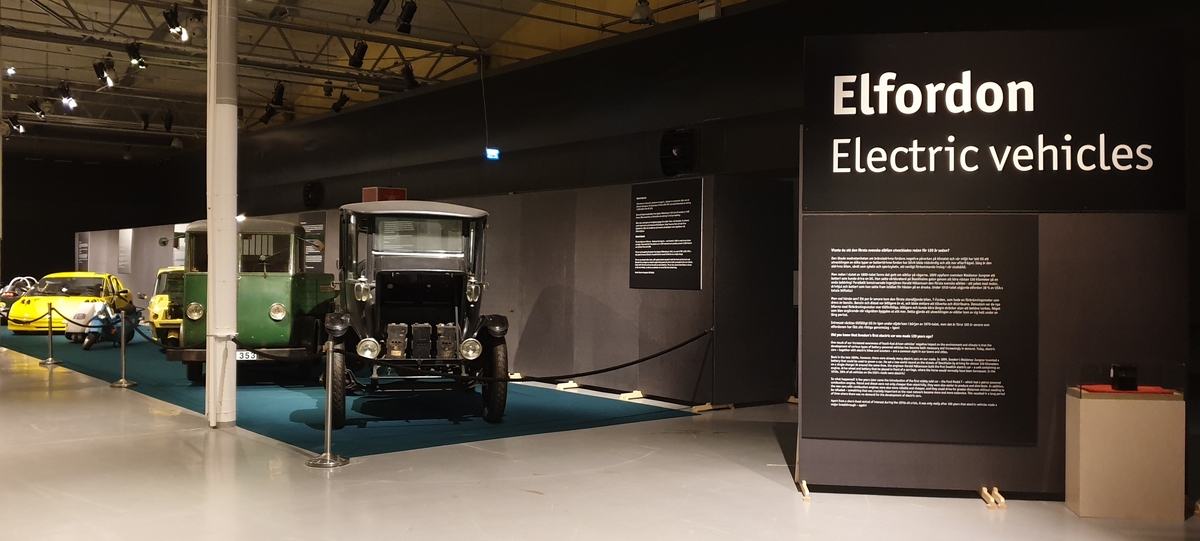
Did you know that the first Swedish electric car was already developed 120 years ago? The increased awareness of fuel-powered vehicles' negative impact on the climate and our envi ...
17 objects
Already at the end of the 19th century, there were plenty of electric cars on the roads. In 1899, the Swede Waldemar Jungner invented a battery that could power a car. He set a world record on the streets of Stockholm by driving almost 150 kilometers on a single charge! In parallel, the engineer Harald Håkansson designed the first Swedish electric car - a package with engine, drive wheel and battery that he put before the cart, instead of a horse. During the 1910s, electric vehicles made up 38% of the total US car fleet!
But what happened then? A couple of years later came the first big-selling car, the Ford Model T, which had an internal combustion engine that ran on gasoline. Gasoline and diesel were cheaper than electricity, and both easier to manufacture and distribute. In addition, the new internal combustion engine cars were more reliable, cheaper and could drive longer distances without needing to refuel. These factors became decisive when the road networks were expanded. This caused the development of electric cars to come to a standstill for a long period.
Interest was temporarily revived during the oil crisis in the early 1970s, but it took 100 years before electric vehicles made their real impact - again!


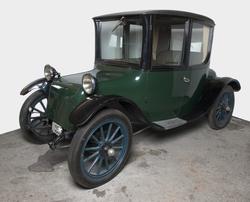

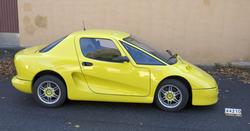
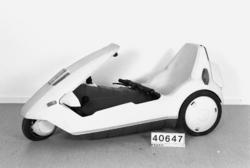







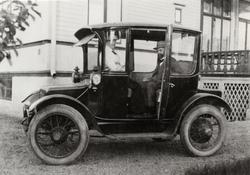
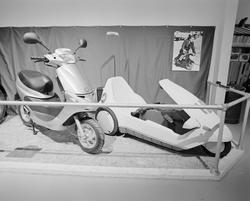
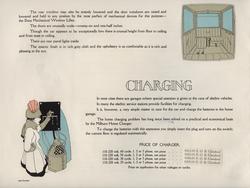
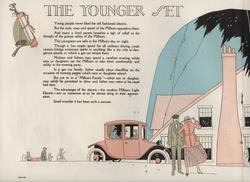

Add a comment or suggest edits
To publish a public comment on the object, select «Leave a comment». To send an inquiry directly to the museum, select «Send an inquiry».